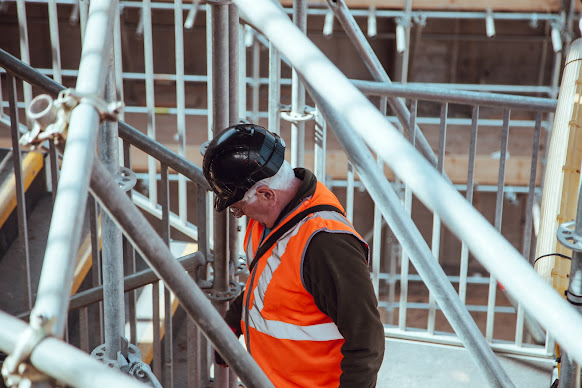Commissioning Best Practices During the Construction Phase

During the commissioning process, communication is key at every step. It is important to use effective means of communication so that everyone involved remains fully aware of project updates at all times. So, are you aware of the best practices a commissioning management company can integrate into the construction phase to make the entire process more efficient and effective? Here we discuss the commissioning best practices to follow during the crucial construction phase. Holding a Terrific Initial Meeting If conducted in a proper manner, the kickoff meeting should make the teams involved in the project feel confident that the commissioning management system in place will help ensure the success of the project. Discussed below are some of the best practices for the initial meeting: The meeting must be scheduled very thoughtfully and on time. Ideally, the meeting should not occur too early. This is because in such a case, contractors might forget about the c...




